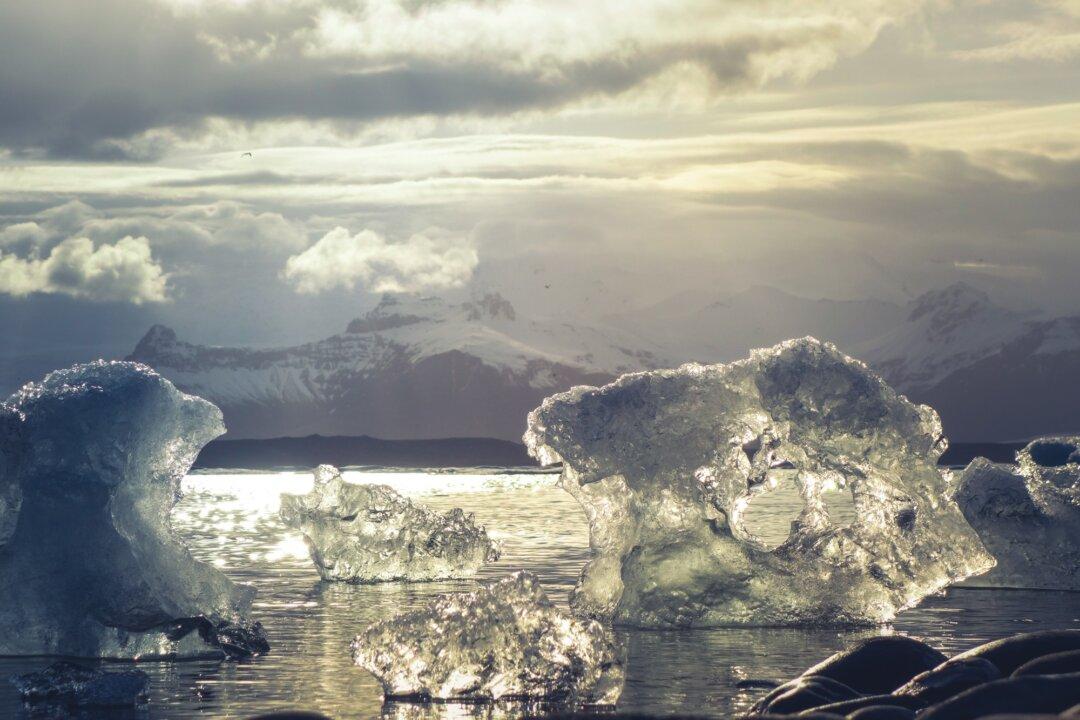Materials in the thin film on the ocean’s surface may affect ice cloud formation and thus climate on a global scale, especially when other known ice-forming particles like mineral dust are scarce or absent.
Sea spray aerosol, containing salt and various organic compounds produced by phytoplankton and other microorganisms in surface ocean waters, comes from the bursting of bubbles formed by breaking waves. Sea spray aerosol is one of the major sources of particles in the atmosphere.
The research groups of Daniel A. Knopf and Josephine Aller, in the Institute for Terrestrial and Planetary Atmospheres in Stony Brook University’s School of Marine and Atmospheric Sciences, are working to unravel the complicated relationship among microorganisms in ocean surface waters, organic compounds in sea spray, and ice cloud formation, which in turn affects precipitation and climate.
“How natural aerosol particles affect the radiative properties of clouds is poorly understood and is one of the largest uncertainties in the prediction of future climate changes,” says Knopf. The work, published in Nature, shows “that the sea surface microlayer contains ice nucleating organic material released by phytoplankton.”


